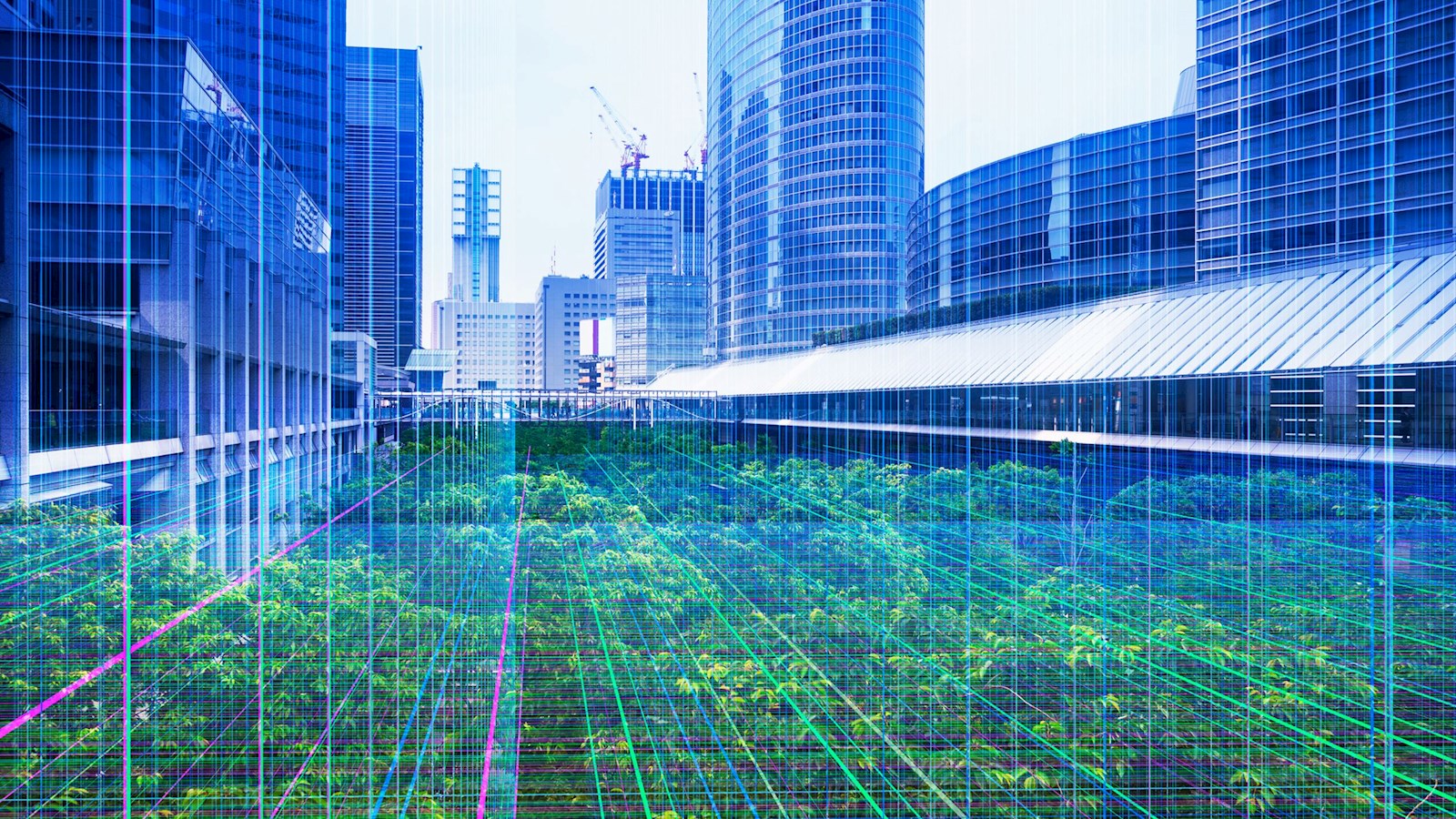
Show this article in Chinese, French, Portuguese (BR), Spanish
Impacts on people and planet: it’s all in the data
If what gets measured gets done, then let’s absolutely think about people and planet in terms of measurement
“Measurement – and assurance that companies are doing what they say they are doing – are critical if protecting people and the planet is to be taken seriously, and if companies are to deliver against longer term sustainability objectives,” says John Rogers, WPP’s Chief Financial Officer.
“We know that companies care hugely about their financial performance and how that gets measured. I think it’s really important companies treat their impact on society and the environment with the same degree of rigour, measurement, and assurance. Only then can it be clearly demonstrated that they are doing what they say they are doing.”
The list of stakeholders who benefit from this approach is long. “This is not just important to investors, it's important to our clients, to our people, our suppliers, the broader community. All these stakeholders will take comfort from sustainability metrics being measured properly, and organisations being held to account on the delivery of the promises they make,” says Rogers. “This is critical to our success too.”
The conversation about impacts and accountability is now heard loud from all quarters: investors, pension funds, banks, insurance companies, asset managers, the professional services industry, regulators, standard-setters, corporates, and so on. “But we need to convert all that talk and great intent into real positive change. And I think we best achieve that through having accurate and robust means of measuring delivery,” says Rogers.
The upside of doing the right thing
Measuring what we treasure has some very concrete upsides for companies’ ability to raise financing on favourable terms too. At WPP, doing the right thing has enabled it to pursue a sustainability-linked loan arrangement whereby the interest payment is directly impacted by various sustainability targets.
“If you're successful in delivering sustainability in your organisation, then the interest that you pay on the loan will be lower,” explains Rogers. “And if you fail to hit the targets, the interest on the loan will be higher. So, there's clearly a direct motivation for the organisation to deliver against sustainability targets to achieve a lower cost of funds. But it is designed to reflect – and be wrapped up in – a much broader sustainability strategy, which is aimed at reducing our carbon footprint across our organisation.”
At its heart, the arrangement depends upon three key performance indicators (KPIs) that drive the cost of funding. Two of those KPIs are internal to the business and one is measured by an external body. “The first two are targets that relate to our Scope 1 and 2 emissions – we have committed to reducing these to net zero by 2025 and we've got very clear Science Based Targets in place for those,” says Rogers. “The external measure is broader. It’s a score awarded by the Sustainalytics Management School, which looks at an organisation's ability to embed sustainability into everything it does.”
While the lower cost of capital is welcome – and so too is the contribution the arrangement makes to embedding sustainability into WPP’s processes – what is perhaps even more interesting is the signal this initiative sends to the markets. Rogers is no stranger to these initiatives – although this is the first such mechanism that he has overseen at WPP. He is familiar with the way in which sustainability-linked revolving credit facilities can be the first step in driving sustainability investment initiatives going forward.
Of course, when companies understand their impacts on people and the planet (and they drive change through rigorously collected, repeatable and assured data), lenders too have the comfort of knowing that they are operating within a responsible business community. “We are all part of a broader business eco-system,” he points out. “Businesses do not undertake standalone activities.”
We are reminded of this in the pursuit of net zero carbon targets. Yes, Scope 1 and Scope 2 relate to a business’s own activities, but Scope 3 is all about impacts from outside the company – in the supply chain – and this is where 98% of WPP’s carbon impact lies.
“We need to work very closely with our suppliers and understand their global footprints. The systems and processes we have in place for measuring our Scope 3 impacts are critical, and we're doing a lot of work on how we onboard suppliers, how we collect data about our suppliers – not just in terms of who they are and what they provide to us, but also in terms of their environmental footprint and their social impact,” says Rogers.
The triple bottom line
It is not just finance professionals who talk about the triple bottom line. The phrase is now in regular use across business as a reminder that the traditional bottom line, that is the one that relates to financial performance, should be coupled with a second bottom line that relates to the environment, and a third that shows social impact.
“I'm convinced that, in the next five years, we will have as much scrutiny over delivering as much measurement and auditing of our ability to deliver our performance, promises and commitments in relation to environmental and social factors as we have today in terms of our need to deliver against our financial targets. I think that's a good thing,” says Rogers. “I believe organisations should focus on the bigger picture – the impact we have on the planet and society – and be measured against that.”
For non-financial reporting to be as robust as its financial reporting counterpart, data integrity is key. “We want to get ahead of the curve,” says Rogers, “and we want to be leaders.”
published on
14 July 2022
Category
More in Communications

Rebranding cancer: how brands heal and hurt
Along with consumer brands, the ‘brand’ of condition or event influences us.

Mechanisms that Matter – Inside WPP | Ford’s revolutionary marketing model
How a process created on the factory floor over 70 years ago has transformed ops for the auto giant

How to build your brand in-game
A new research report from WPP and SuperAwesome

